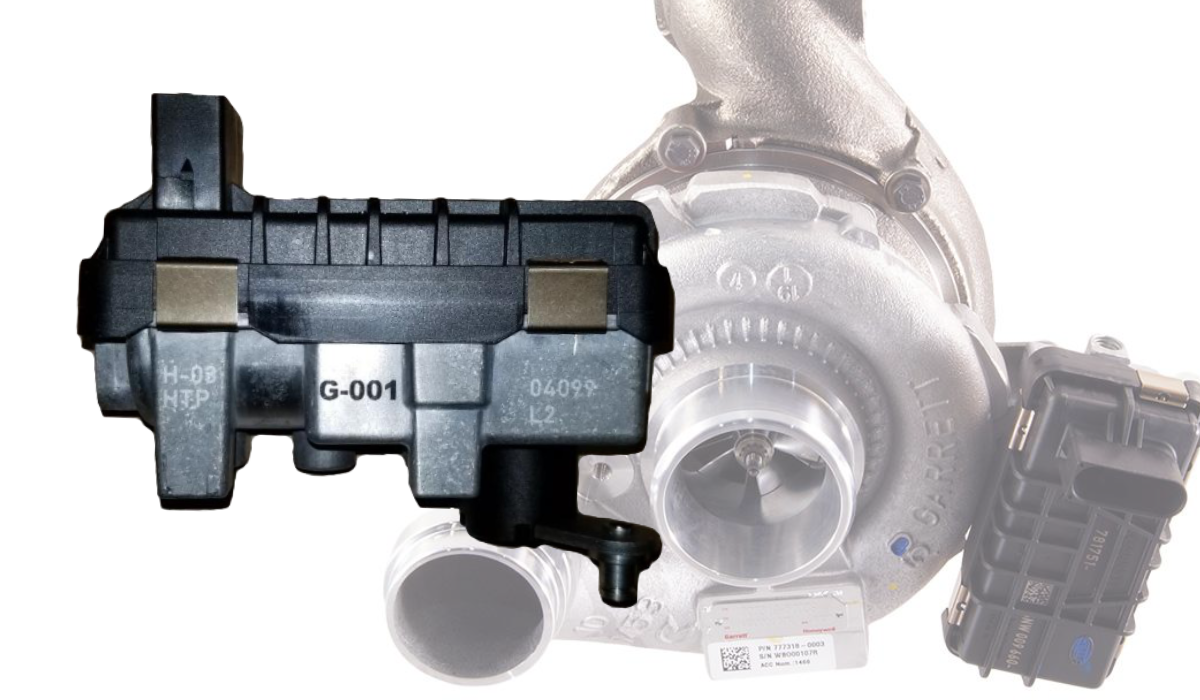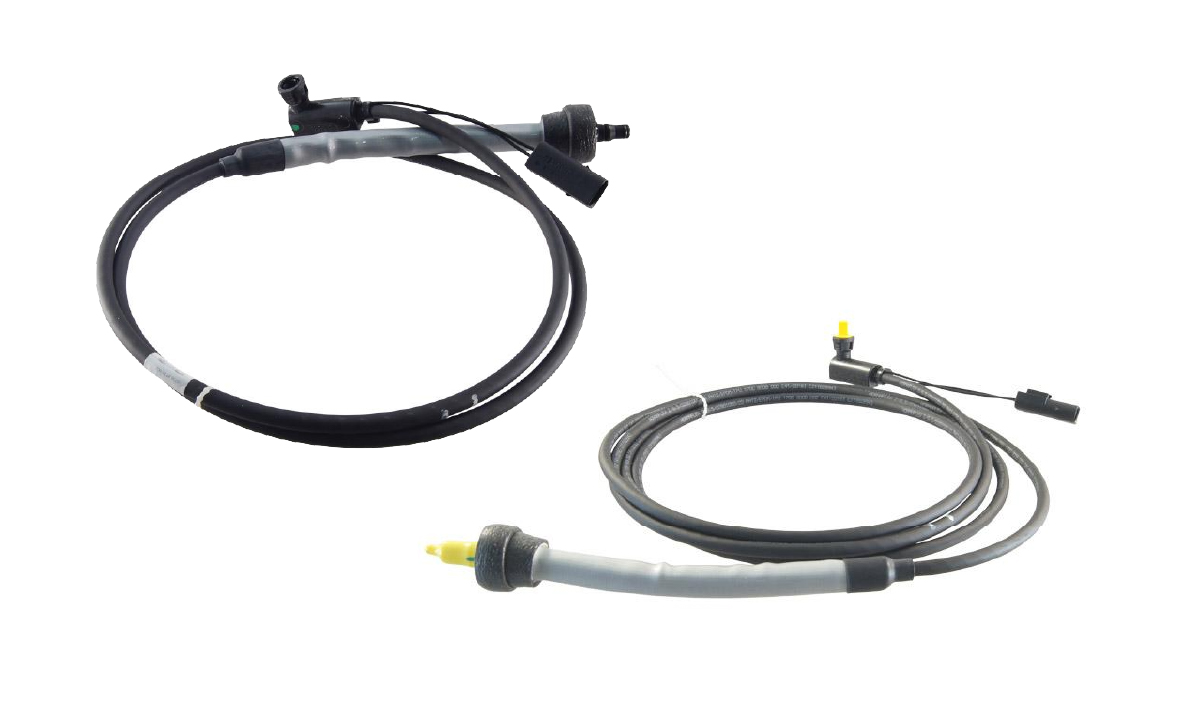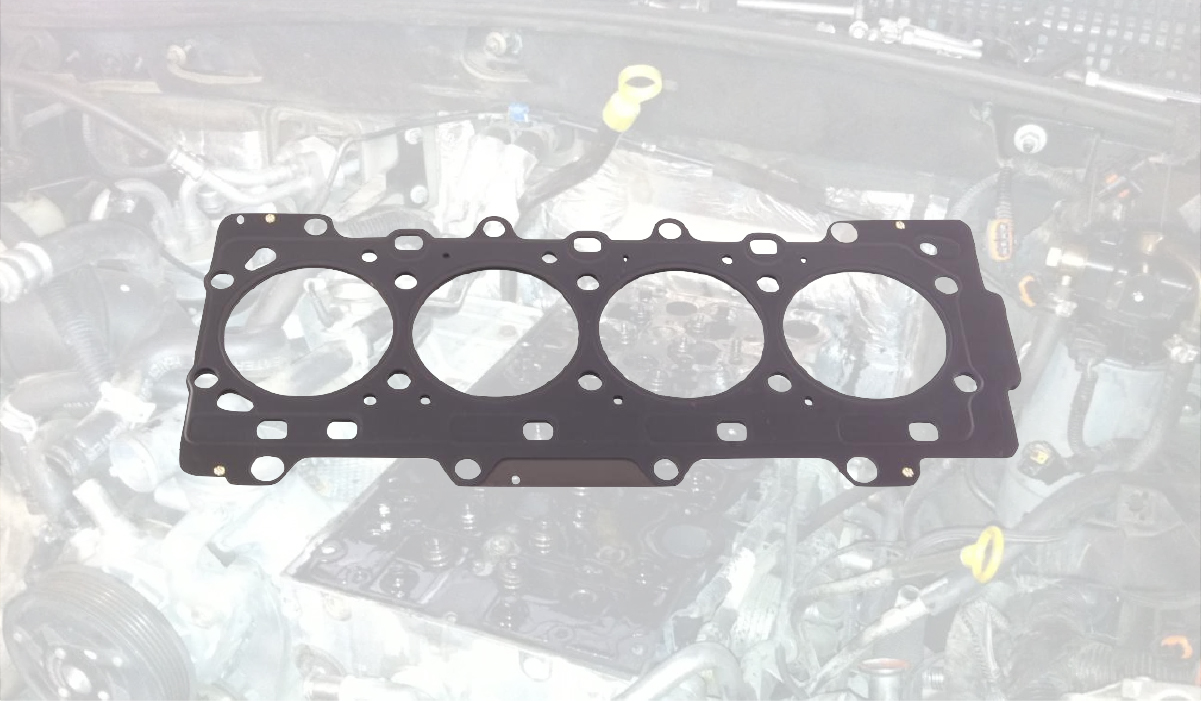After the Ford Ranger was discontinued in 2011, the only option for a midsize pickup truck was the Toyota Tacoma. Thankfully, GM re-entered the market in 2015 with the new Colorado (and Canyon twin). Our crew here at IDParts was obviously thrilled when GM decided to put a torque-y 4-cylinder diesel engine in the truck. We test drove the truck when it first came out and came away thinking the overall package really made a lot of sense. We’re excited to add a new-to-us 2017 GMC Canyon 2.8L Duramax to our long-term fleet of project cars.
The Basics
The main headline about the Colorado/Canyon Duramax has been its 2.8L inline 4-cylinder diesel power plant. This engine is a nearly identical twin to the 2.8L XXX engine by VM Motori, however, GM builds this engine itself in its plant in Thailand. Basically, this engine was designed while GM had a stake in VM Motori and had planned on having VM Motori build the engine as well. However, Fiat-Chrysler (FCA) bought out VM Motori a few years later, which left GM with the rights to the engine design thus far but they weren’t willing to purchase the engine from their competitor. For more information on the history of the somewhat complex relationship between GM, VM Motori, Fiat and the 2.8L engine check our article here. (Read More about the Duramax 2.8L Engine) Today, FCA uses VM Motori engines in the Ram 1500, Jeep Grand Cherokee and Ram Promaster Van.
The GM-built 2.8L engine, given engine code LWM, performs like a typical inline 4-cylinder diesel – meaning it is torque-heavy but horsepower-light. From the factory, it produces a stout 369 lbs-ft of torque, but a not-as-impressive 181 horsepower. While this engine was introduced to the USA in 2016, the design is actually closer to 10 years old, which means it is somewhat behind the latest generation diesels that are making just as much horsepower with less displacement.

On the road, this results in a vehicle that can hold incredibly low RPMs without any sensation of lagging. However, once the engine starts spinning past 2500 RPMs or so, the power delivery starts to tail-off quickly. The engine is attached to a 6-speed automatic, which is also behind offerings from Ram (8 speed) and Ford (10-speed).

The 6-speed automatic is controlled by this very traditional console mounted select lever. Seems out of place on a truck to us…
On paper, therefore, the Colorado/Canyon Duramax seems like an under-equipped stepchild that GM threw together. This can be a recipe for disaster, but it can also be a recipe for surprising success.
Consider us in that second group. We did multiple test-drives of Colorado diesels at our local dealership and always walked away with a smile. Something about this truck felt good. It has, for lack of a better word, character. The 2.8L reminded us of our beloved ALHs and Liberty CRDs that rewarded you when you drove them properly – keeping RPMs low, relying and enjoying the strong low-end pull to get you over a hill.

Many of our customers at IDParts expressed a similar sensation. Owners who we’ve known for over a decade from the TDI or CRD world would write us asking if we were going to support the Colorado/Canyon Duramax, sharing with us how much they really appreciated the truck.
So, we decided to jump in too, and see if our initial impressions stayed true through long drives, upgrades and years of use. Here is our new Long-Term Project Vehicle: 2017 GMC Canyon SLT

Why the Canyon over the Colorado?
Honestly, it was availability. We were dedicated to finding a Long Bed version, which are surprisingly rare. We kept a lookout at both new and lightly-used vehicles at auctions, and bid and lost on more than a few.

The truck we ultimately bought was a long bed, but also had some safety features like collision warning and lane-keep warning that we weren’t planning on getting, but weren’t opposed to having. Collision warning and lane departure are features that are only available in the Canyon and not available on the Colorado as of the time of this post. (A heated steering wheel is available on the Canyon DENALI trim, however, the DENALI trim was also not available with a long bed at the time of this post).
Check out all our updates on our newest project vehicle here, and sign up for our newsletter for more weekly updates on what we have going on here at IDParts!







Leave a Reply to William HatcherCancel reply